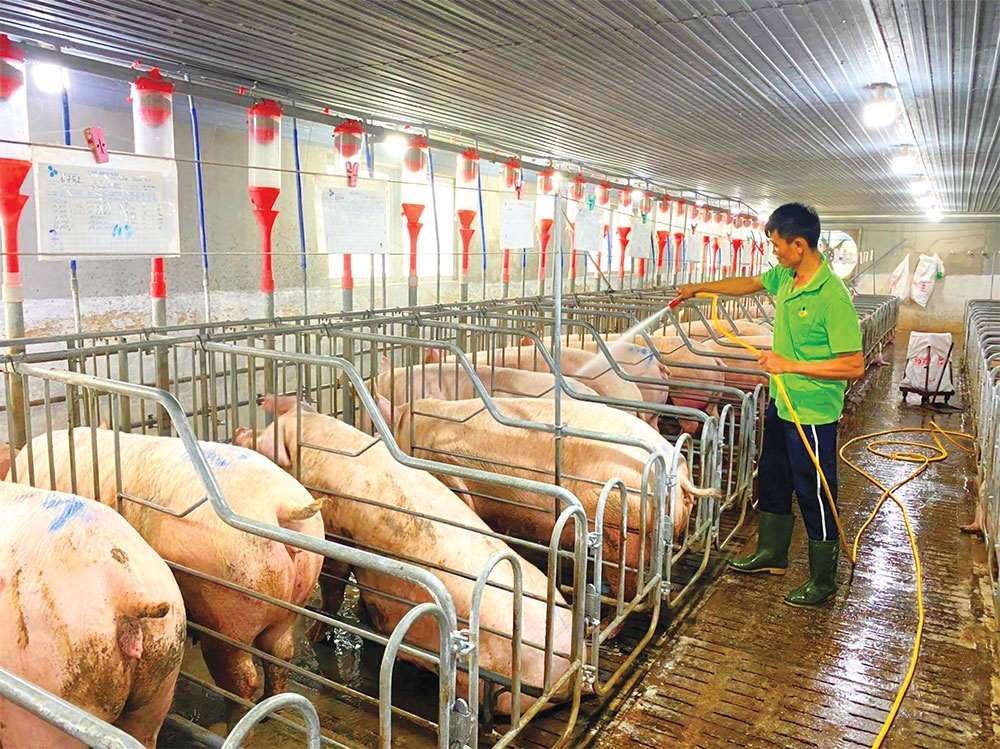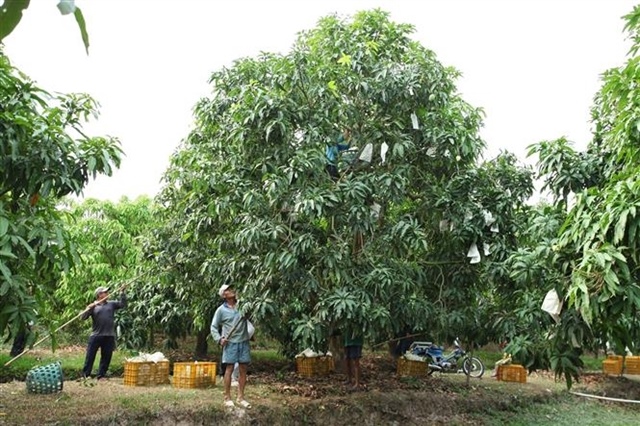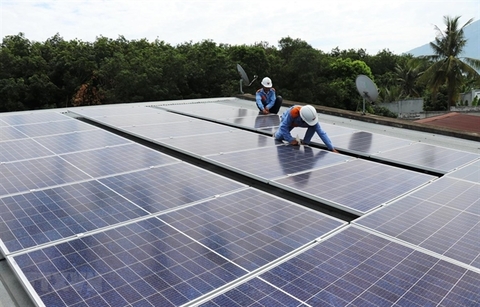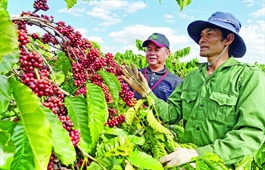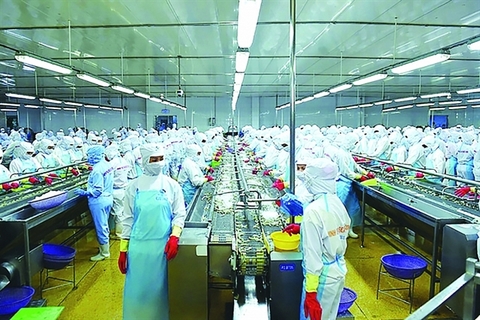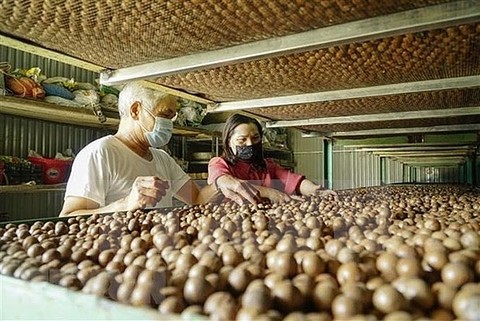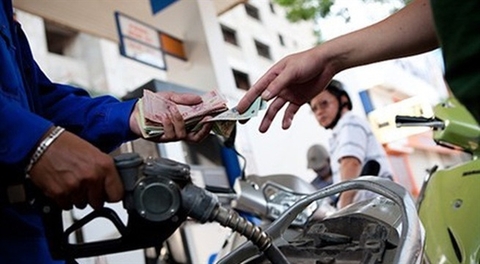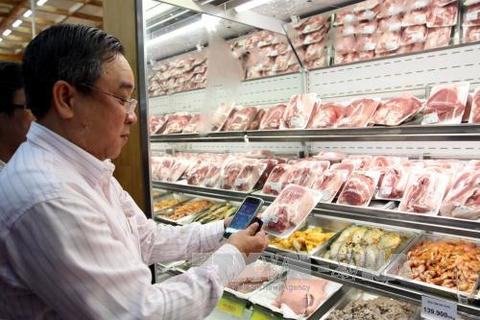Vietnam rice prices rise to a record high in 2022
Vietnam rice prices rise to a record high in 2022
During the first three months, the volume of rice exports reached 1.48 million tons, or $715 million, up 24% in volume and 10.5% in value year-on-year.
Export prices of Vietnam's 5% broken rice rose to US$420/ton in March, the highest in the past three and half months, according to the Ministry of Agricultural and Rural Development (MARD).

Vietnam's rice exports on the rise since the beginning of the year. Photo: The Hanoi Times |
“The high price of this Vietnamese grain was thanks to growing demand in the global market and high logistics fees,” noted the MARD in a report.
The MARD noted Vietnam’s 5% broken rice is being quoted at $415-420 per ton, up to $20 against early March. This averaged $414 per ton in March, representing an increase of $16 compared to February.
Meanwhile, a similar product from Thailand posted prices of $408-412 per ton, down $16 against early March, a report from the Vietnam Food Association stated. Experts suggested the decline was due to a depreciation in the bath, leading to the more competitive prices of Thai rice and higher sale volume.
However, it should be noted that logistics continue to remain a major challenge for Thailand’s rice production industry, with the lacking of ships and high transportation costs.
In the domestic market, rice production in the Mekong delta region has expanded in March, thanks to higher prices.
In An Giang Province, IR50404 rice was sold at VND5,600 per kilogram, an increase of VND400 compared to February, while the price of high-quality OM 5451 rice climbed by VND400 to VND5,700 per kilogram; fragrant jasmine rice at VND15,000 per kilogram.
Such a trend was also seen in Kien Giang Province, with rice prices going up by VND400-500 per kilogram in March compared to the previous month.
The Food and Agriculture Organization of the UN noted the FAO Food Price Index (FFPI), a measure of the monthly change in international prices of a basket of food commodities, increased by 141.4 points, or 12.6% in March to 159.3.
This was the highest score since the index was first launched in 1990, mainly due to surges in prices of oil, cereal, and meat, for which FAO attributed the high prices of food to the ongoing Russia-Ukraine conflict, among other factors.


